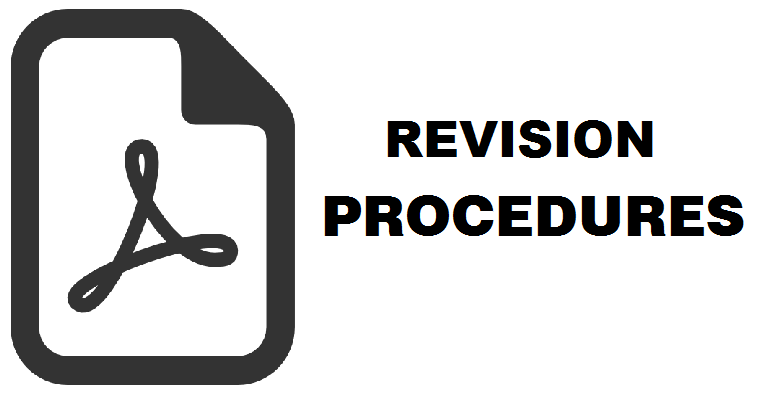DINAMIKA KEMISKINAN DI JAWA-MADURA MENURUT KABUPATEN/KOTA TAHUN 2002-2007
Ade Ermasari(1*), Sukamdi Sukamdi(2), Tukiran Tukiran(3)
(1) Fakultas Geografi, Universitas Gadjah Mada, Yogyakarta
(2) Fakultas Geografi, Universitas Gadjah Mada, Yogyakarta
(3) Fakultas Geografi, Universitas Gadjah Mada, Yogyakarta
(*) Corresponding Author
Abstract
ABSTRAK Penelitian ini bertujuan untuk memperoleh gambaran pada variasi dan pengembangan kemiskinan (angka kemiskinan) di Jawa-Madura berbasis pada kabupaten / kota tahun 2002 hingga 2007, dan untuk mengetahui faktor-faktor yang dapat menjelaskan perubahan kemiskinan. Penelitian ini makro, dengan skala analisis adalah pulau Jawa-Madura secara keseluruhan. Metode penelitian yang digunakan adalah analisis data sekunder. Sumber data utama diambil dari Data Dan Informasi Kemiskinan, Tahun 2002 2005/2006, dan 2007 Buku 2: Kabupaten / Kota diterbitkan oleh BPS. Analisis data dalam penelitian ini adalah berbagai seperti tabulasi silang, Chi Square, grafik, peta, dan analisis regresi linier ganda disediakan oleh analisis kuadran. Hasil penelitian menunjukkan bahwa sebagian besar kabupaten / kota di Jawa-Madura dari tahun 2002 hingga 2007 tingkat kemiskinan berfluktuasi terutama di pusat dan timur Jawa. Selain itu, ada perbedaan nyata antara tingkat kemiskinan di kabupaten dan kotamadya. Kabupaten cenderung dominan dalam kemiskinan kelas menengah dan kotamadya yang dominan dalam kemiskinan kelas rendah. Walaupun PDRB per kapita secara signifikan faktor berpengaruh terhadap tingkat kemiskinan di Jawa-Madura khususnya di kabupaten tahun 2002-2007, mempengaruhi relatif tidak signifikan (R2 selalu di bawah 20 persen). Faktor yang paling berpengaruh adalah persentase orang yang bekerja di sektor informal dengan nilai R2 yang selalu di atas 40 persen pada tahun 2002-2007. Untuk alasan bahwa tingkat pengangguran masalah di Jawa-Madura cukup tinggi, faktor tenaga kerja lebih berpengaruh terhadap tingkat kemiskinan di Jawa-Madura pada tahun 2002-2007 (R2 selalu di atas 35 persen) dibandingkan faktor-faktor sosio-ekonomi lainnya , terutama di kabupaten. Sementara itu di kota, faktor ekonomi secara signifikan berpengaruh terhadap tingkat kemiskinan pada tahun 2007 saja dan memiliki pengaruh yang paling dalam periode 2005 sampai dengan 2007 (nilai R2 adalah sebesar 7,5 Dan 11,6 persen). Implikasi kebijakan yang dapat diambil adalah memiliki program program penanganan kemiskinan di Jawa-Madura yang lebih dari tenaga kerja dan bidang ekonomi, terutama dalam mengatasi masalah pengangguran. Selain itu, juga perlu ada peningkatan anggaran untuk pendidikan, kesehatan, dan tenaga kerja karena persentase pengeluaran pembangunan di tiga bidang ini masih tidak signifikan.
ABSTRACT The research is aimed at obtaining a description on the variation and the development of poverty (the poverty rate) in Java-Madura based on regencies/municipalities year 2002 to 2007, and to find out the factors that may explain the change of the poverty. The research is macro, with the analysis scale is the entire Java-Madura island. The research method used is secondary data analysis. The main data source is taken from Data dan Informasi Kemiskinan Tahun 2002, 2005/2006, and 2007 Buku 2: Kabupaten/Kota published by BPS. The data analysis in the research is various such as cross tabulations, Chi Square, graphics, maps, linier and double regression analysis provided by quadrant analysis. The result of the research shows that the majority of regencies/municipalities in Java-Madura from year 2002 to 2007 has the fluctuated poverty rate especially in the central and the east of Java. Besides, there is a tangible difference between the poverty rate in regencies and in municipalities. Regencies tend to be dominant in the middle class poverty and municipalities are dominant in the low class poverty. Although GDRP per capita is significantly the influential factor to the poverty rate in Java-Madura especially in regencies year 2002-2007, the influence is relatively insignificant (R2 is always below 20 percent). The most influential factor is the percentage of people working in the informal sector with the R2 value is always above 40 percent in year 2002-2007. For the reason that the unemployment rate problem in Java-Madura is quite high, the manpower factor is more influential to the poverty rate in Java-Madura in year 2002-2007 (R2 is always above 35 percent) than the other socio-economic factors, especially in regencies. Meanwhile in municipalities, the economic factor significantly influences to the poverty rate in 2007 only and has the most influence in the period of 2005 to 2007 (R2 value are 7.5 dan 11.6 percent). The implication of the policy that can be taken is having programs on poverty handling in Java-Madura which is more of manpower and economic field, especially in coping with unemployment problem. Aside from that, it is also necessary to have the budget increase on education, health, and manpower because the percentage on developmental expenditure in the three fields is still insignificant.
Keywords
Full Text:
PDF (Bahasa Indonesia)Article Metrics
Refbacks
- There are currently no refbacks.
Copyright (c) 2016 Majalah Geografi Indonesia

This work is licensed under a Creative Commons Attribution-ShareAlike 4.0 International License.
Volume 35 No 2 the Year 2021 for Volume 39 No 1 the Year 2025
ISSN 0215-1790 (print) ISSN 2540-945X (online)








